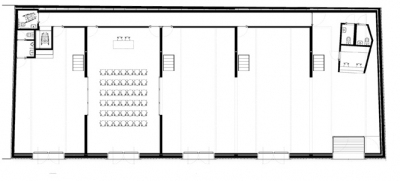Museum of Afurada
The reason for this project is the existence, in Afurada, of a fishing community with a deeply engraved identity, holding strong cultural and anthropological values.
The conversion into a museum and research space of a set of five former fishing gear warehouses of unquestionable aesthetic value and relevant symbolic significance represents a step towards its safeguard. Given the interest that its very image represents as a testimony, we stand in the difficult ethical stance of maintaining it.
From the point of view of the architect, it is very interesting to handle a pre-existing structure of what we might call poor architecture, recognizing the underlying dignity that gives it its history and the quality of its image, devoid of a priori discriminations. In such events, the harshness or simplicity of the point of departure may cause some sort of ambition to change the status through a senseless upgrade by design. The challenge we assume is the preservation of its heritage of almost elementary simplicity, avoiding confusions with any minimalist presumption.
Regarding this perspective, we remake the wooden trappings of the exterior walls, now doubled and with thermal insulation. Similar care has been taken in the roofing.
Avoiding the use of expensive and intrusive mechanical equipment, the cross ventilation of the building is guaranteed by providing it with air inlets located in the base and outlets through the glazed skylights.
The interior space, with a surface area of 438 sq. m., maintains a clear reading of the primitive layout, without losing its continuity in use. Four mezzanines with a surface area of 180 sq. m., supported by a metal frame suspended from the laminated timber trusses were created, increasing the potential uses of the building. Four staircases linked to a longitudinal route accentuate their individuality and ensure maximum versatility of use.

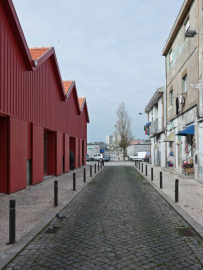
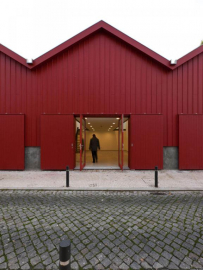
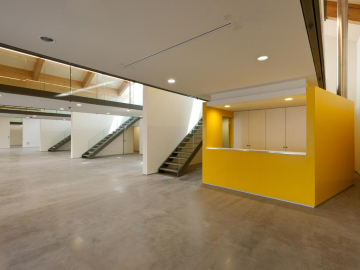
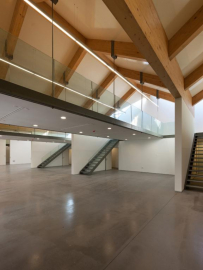
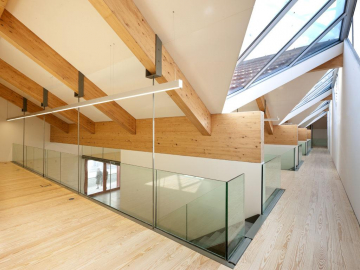
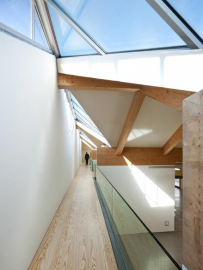
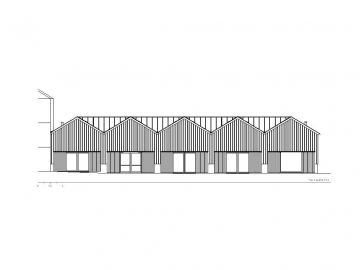
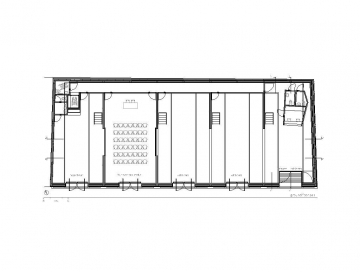
 copy.jpg)
 copy.jpg)
